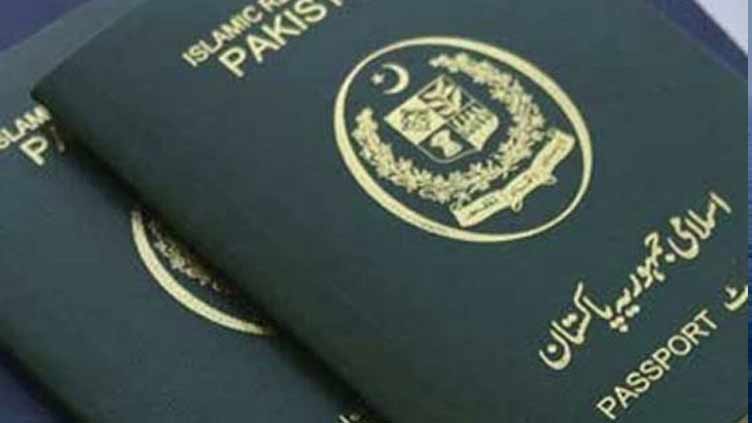In an era marked by increased globalization and ease of travel, passports serve as indispensable documents for international mobility. However, new identity package with the rise of sophisticated forgery techniques, the distinction between fake and authentic passports has become increasingly blurred. This article aims to shed light on the key differences between fake and genuine passports, highlighting the importance of vigilance and compliance with passport regulations.
Understanding Fake Passports: Fake passports, also known as counterfeit passports, are unauthorized replicas of genuine travel documents. They are typically produced by criminal organizations or individuals with the intent to deceive immigration authorities and gain illegal entry into foreign countries. Fake passports can be obtained through various means, including forgery, identity theft, or the alteration of genuine passports.
Characteristics of Fake Passports:
- Inconsistencies in Document Features: Fake passports often exhibit discrepancies in document features such as paper quality, printing techniques, and security features. These inconsistencies may include uneven text alignment, blurry images, or irregular font styles, which can raise suspicion during document inspection.
- Lack of Genuine Security Features: Genuine passports are equipped with a range of security features designed to prevent counterfeiting and unauthorized tampering. These features may include holographic images, watermarking, UV printing, and embedded microchips containing biometric data. In contrast, fake passports typically lack these advanced security measures, making them easier to identify under scrutiny.
- Invalid or Duplicate Identification Numbers: Each genuine passport is issued a unique identification number that corresponds to the issuing country’s records. Fake passports often feature invalid or duplicate identification numbers, which can be cross-referenced with official databases to verify their authenticity.
Consequences of Using Fake Passports: • Legal Ramifications: The use of fake passports constitutes a serious offense under international law and can result in criminal prosecution, imprisonment, and hefty fines. • Travel Restrictions: Individuals caught using fake passports may face travel restrictions, including bans on entry into certain countries and placement on watchlists maintained by immigration authorities. • Compromised Security: The proliferation of fake passports poses a significant security threat by enabling terrorists, human traffickers, and other criminals to evade detection and carry out illicit activities across borders.
Differentiating Genuine Passports:
- Verifying Security Features: When inspecting a passport, immigration officials should carefully examine the document’s security features, including holographic images, UV printing, and embedded microchips. Genuine passports will display these features consistently and with high quality.
- Cross-Referencing with Official Databases: Immigration authorities can verify the authenticity of a passport by cross-referencing its identification number with official databases maintained by the issuing country’s government. This process helps ensure that the passport is genuine and has not been reported lost or stolen.
- Conducting Biometric Authentication: Many modern passports incorporate biometric authentication features, such as facial recognition or fingerprint scanning, to verify the traveler’s identity. Immigration officials can use specialized equipment to compare the biometric data stored in the passport with the traveler’s physical characteristics.
Conclusion: In an age of increasing globalization new identity package and interconnectedness, distinguishing between fake and genuine passports is essential for maintaining the integrity of international travel and border security. By understanding the characteristics of fake passports and employing robust verification measures, immigration authorities can effectively identify and prevent the unauthorized use of counterfeit travel documents.

